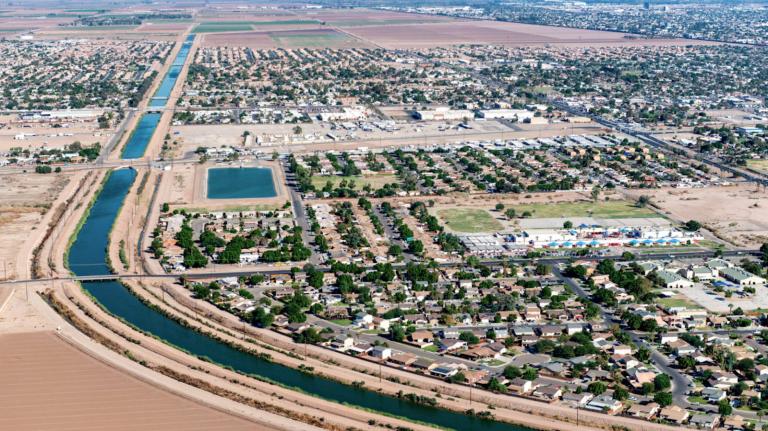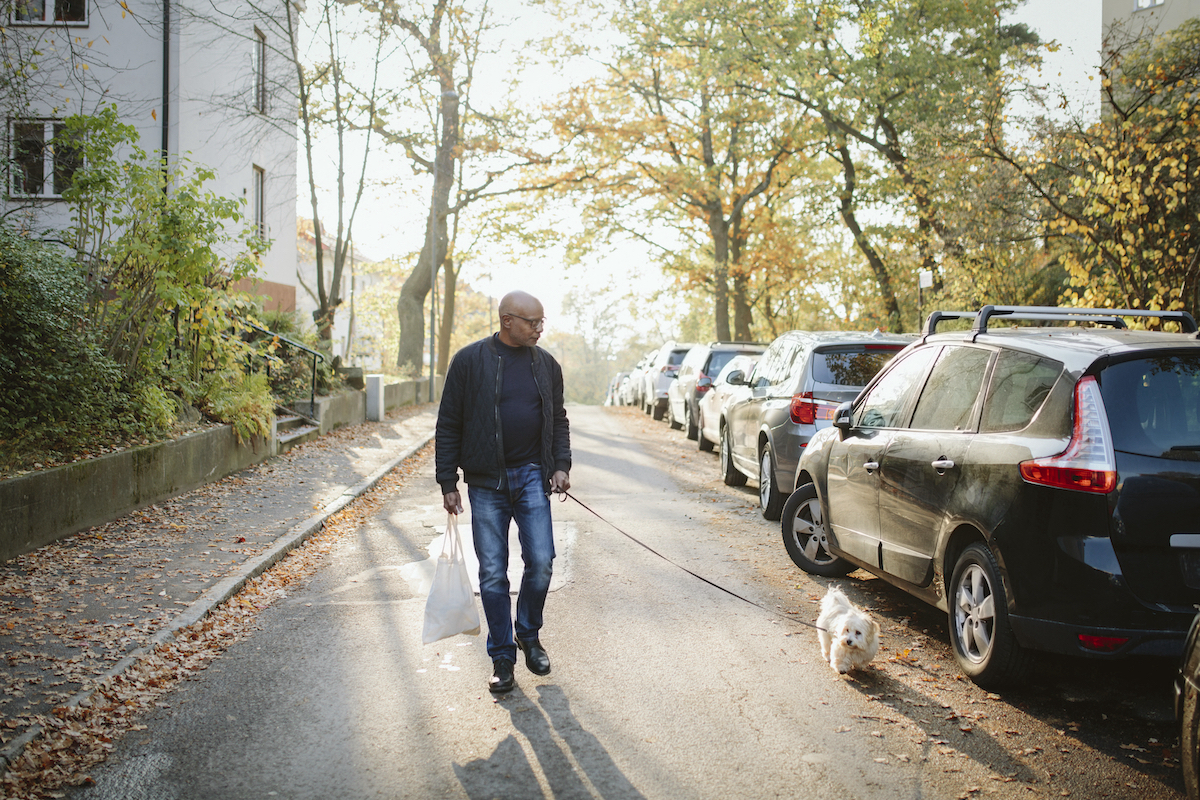It’s hard not to love trees. They provide us with shade during the scorching heat of summer, help clean the air and water, and improve our physical and mental well-being. Now, a recent study has found that boosting urban greenery — including trees, shrubs, and other plants — could also save tens of thousands of lives in cities across the country.
For a study published earlier this month in Frontiers in Public Health, researchers looked at 35 metropolitan areas within the U.S. They compared satellite data showing changes in how much greenery a city had with mortality data for people aged 65 and older from 2000 to 2019. Using these measures, they estimated that even small increases in greenery could have saved over 34,000 lives over the past two decades.
“One of the primary questions that urban planners ask is where should they implement greening, and can we quantify the impact of greening initiatives for them — because there is a cost for tree planting campaigns or shrubbery planting,” Kevin Lane, an assistant professor of environmental health at Boston University, told the School of Public Health’s news service.
Now, researchers can quantify the benefits, and hopefully “policymakers and urban planners can use this information to support local climate action plans and ensure that those plans include greening initiatives,” said Paige Brochu, a doctoral candidate at Boston University and lead author of the study.
How exactly can trees and other plants save lives? Previous research has found that they filter harmful pollutants out of that air, dampen stress-inducing noise pollution, encourage outdoor physical activity, boost social interaction and cohesion, improve mental health, and decrease violent crime. Perhaps most significantly, they can cool neighborhoods by up to 9 degrees Fahrenheit. With climate change making extreme heat waves more frequent and more severe, urban greenery can help us adapt.
City planners and residents have taken note, and overall, metropolitan areas across the U.S. are becoming greener. In the cities Brochu and her colleagues examined, they found that overall greenness increased by nearly 3 percent between 2000 and 2010, and by an encouraging 11 percent in the following decade.
But not all Americans have equal access to greenery and its life-saving benefits. Last year, a study conducted by the Nature Conservancy found that 92 percent of low-income blocks have less tree cover and hotter average temperatures than high-income blocks. Race is also a powerful predictor of how many trees there are in a neighborhood. This recent study shows that adding more greenery to our cities, and particularly to environmental justice communities, could help stamp out inequities and save lives.




